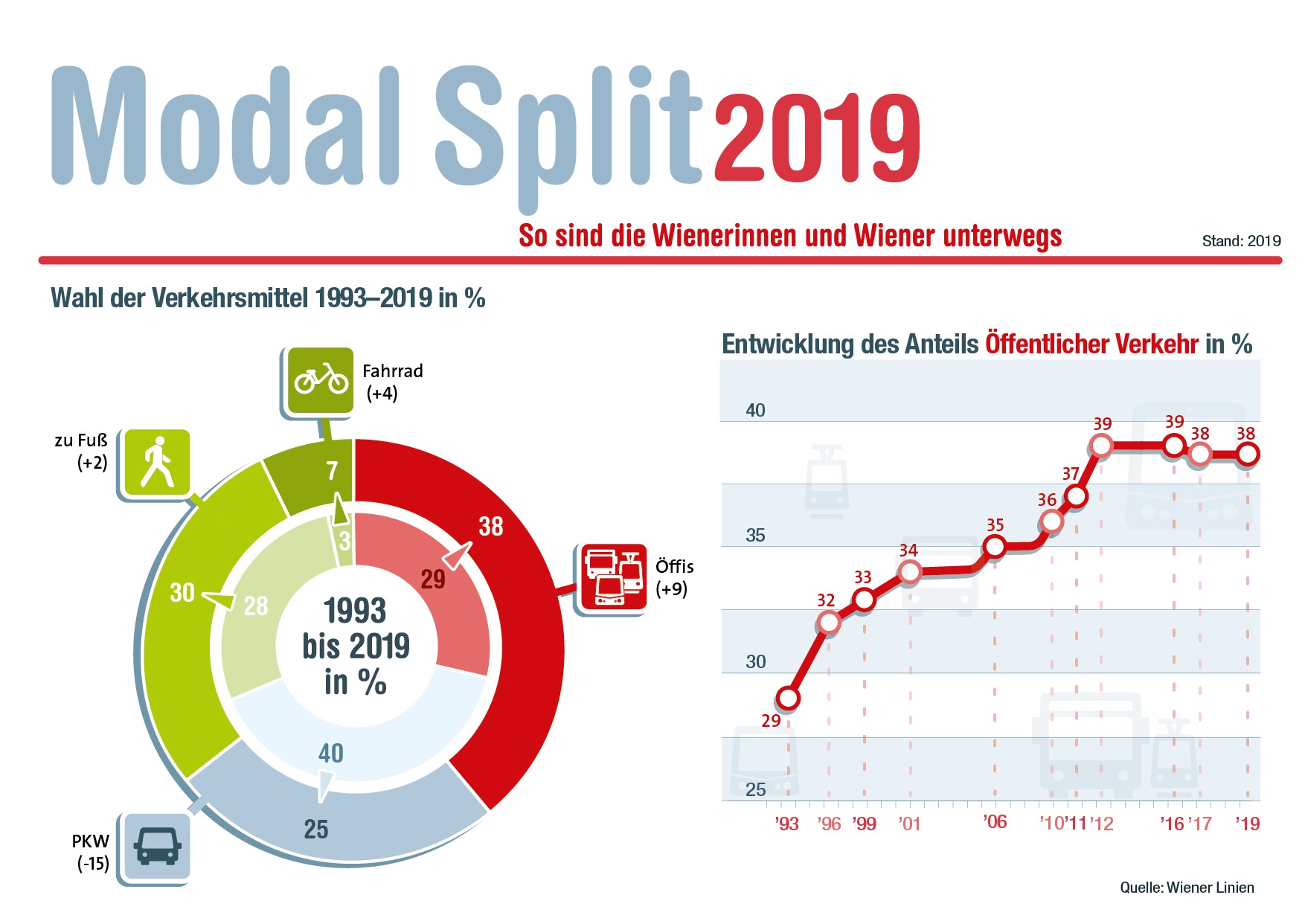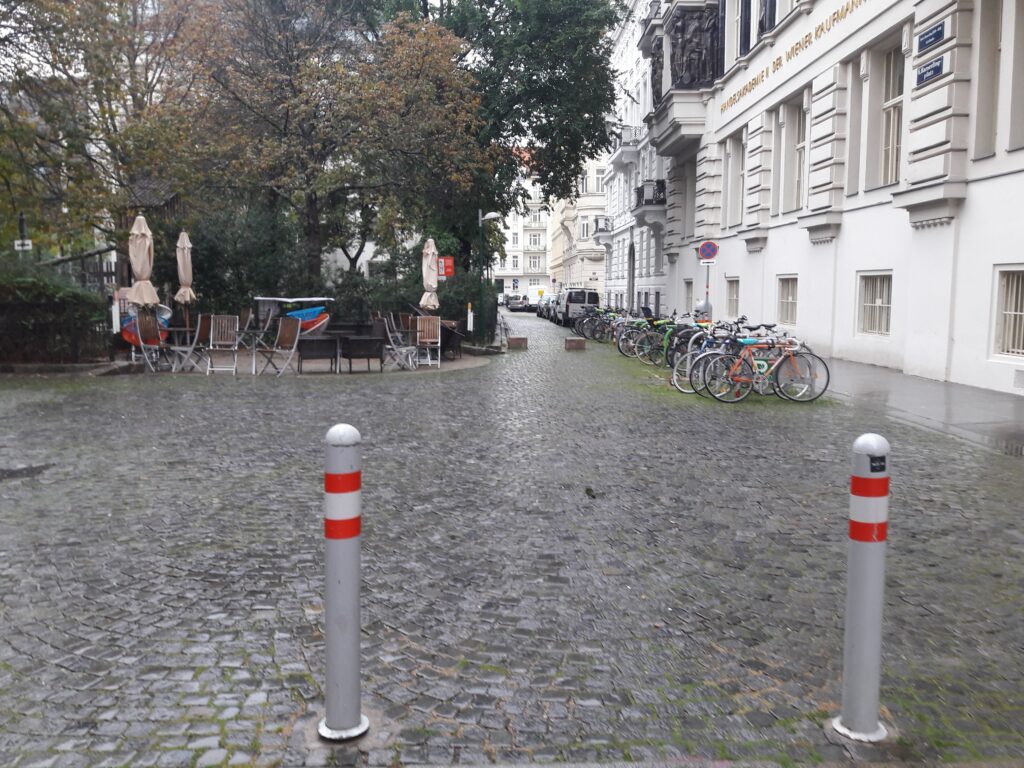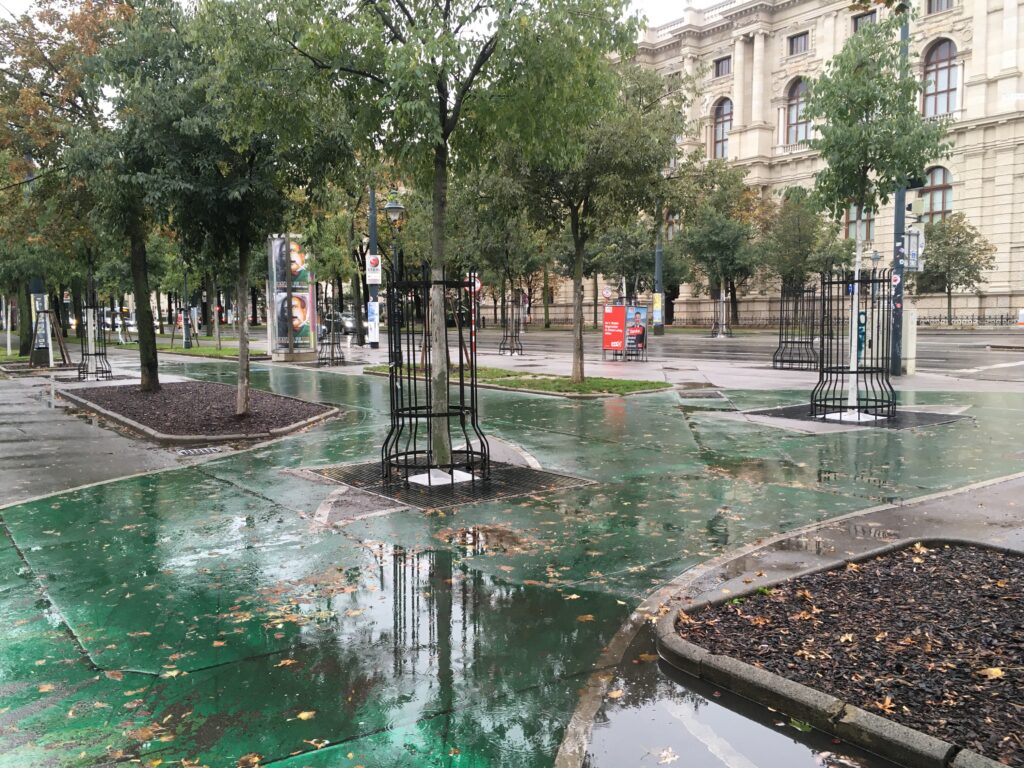Mobility requires human-scale and eco-compatible forms of transport. The City of Vienna is committed to prioritize public transport, pedestrians and cycling as the most environmentally friendly mobility modes. “Vienna embodies a future-oriented urban mobility policy that is not only ecologically, but also economically and socially acceptable and hence sustainable. it is economically sustainable because it is based on long-term investment that pays off for the city and location. it is socially sustainable because its declared goal is to ensure mobility for all citizens irrespective of their income, social position and life situation. it is ecologically sustainable because it helps to conserve natural resources and contributes to realize the Smart City Wien objective.
Quote from STEP 2025
The City of Vienna has in general a good mobility system, with demarked bicycle paths and bicycle routes that connects the public and green areas along the Danube river and with proper signage. The challenges in Vienna are focused on an conception level. The shared mobility concept, in which various users, use the same space in order to make it more liveble and widely used.
- what can we learn from Vienna’s urban bikebility system?
The modal split shows the percentage of persons that use a type of transportation. As shown in the graphic below, the percentage of cyclists has risen by 4% from 1993. With increasing bicycle traffic, conflicts between cyclists on existing bicycle infrastructures can arise. [STEP 2025 Thematic concept: Urban Mobility Plan Vienna]

So we wanted to show this concept with its advantages and disadvantages and therefore we marked a typical route for a cyclist from a city quartier to the Technical University Vienna main building, which goes along through heterogen public spaces. This enable the cyclist to move quickly and secure, but it has also its disadvantages.
Hamerlingplatz is an example of the concept of shared spaces, that shows a mix of mobility where pedestrians and cyclists share the same space. This feature is widely used in public spaces in Vienna in order to make places more lively and attractive.

The shared space has also its disadvantage. This section is an example on constricted vision and a fast speed of the bicycle lane, which can cause conflict between pedestrians and cyclists. The difference of speed between users and the frequencies

In the intersections between bicycle paths, the area is increased in a way that allows different users to keep moving without obstacles. However, there are some natural elements that were not taken in consideration and can generate conflict at times with the greatest confluence of user.

At the crossing between the Technical University of Vienna and the Library is also an example of shared spaces and their organization for security. In the traffic are different users.

Due to the increasing bicycle traffic and other users, the need for an increase in efficiency and comfort of use has become apparent on some routes, especially on the shared streets. In addition to increasing traffic safety and user comfort, wider cycle paths would enable a greater variety of uses. This can be done by switching or the conversion of areas of car traffic that become (lanes, turning and parking strips).
Methodology
We selected a route that goes through various public spaces. The recorded a track goes from a residential quartier to an public facility, in this case the Technical University of Vienna. This track is selected because of the high number of users on public places along the road and participants on the path. We collected data about obstacles and problematic situations along the track, like: crossings, usage conflicts, etc. In total we recorded 6 markers and shoot 23 photos. The selected photos are published in this webpage. To record and store the spatial data we used OsmAnd Application.
